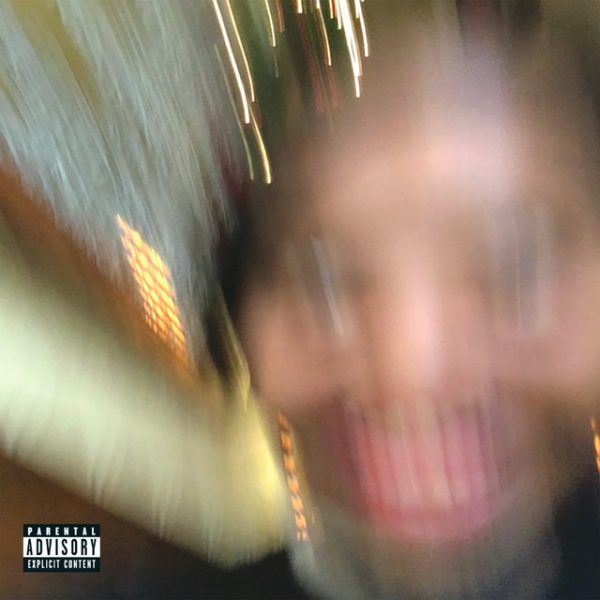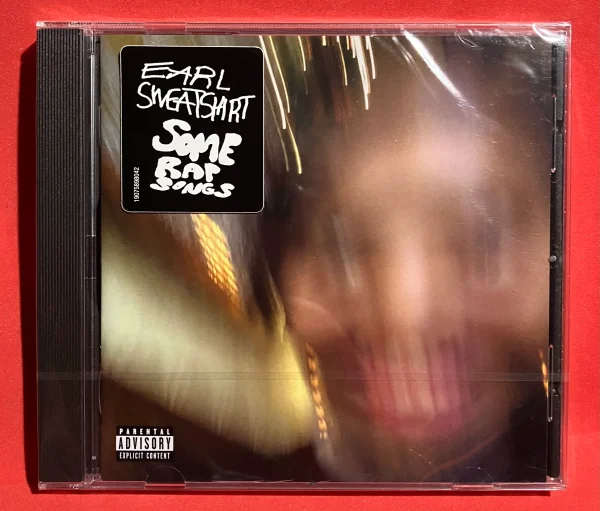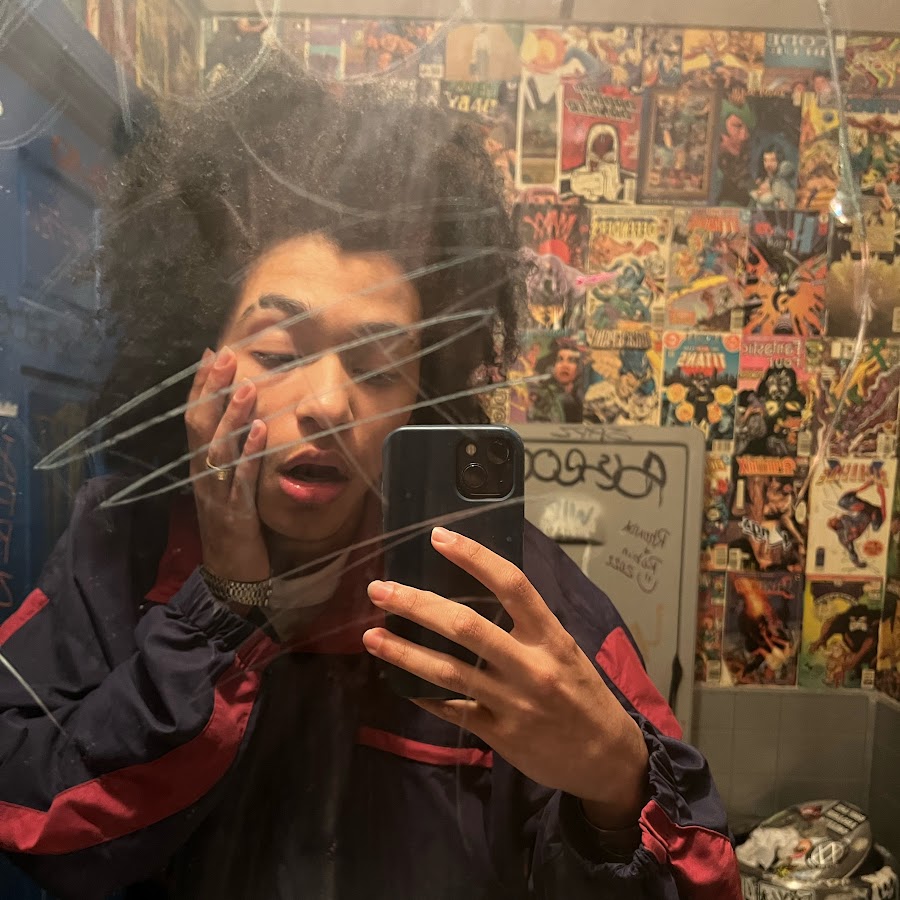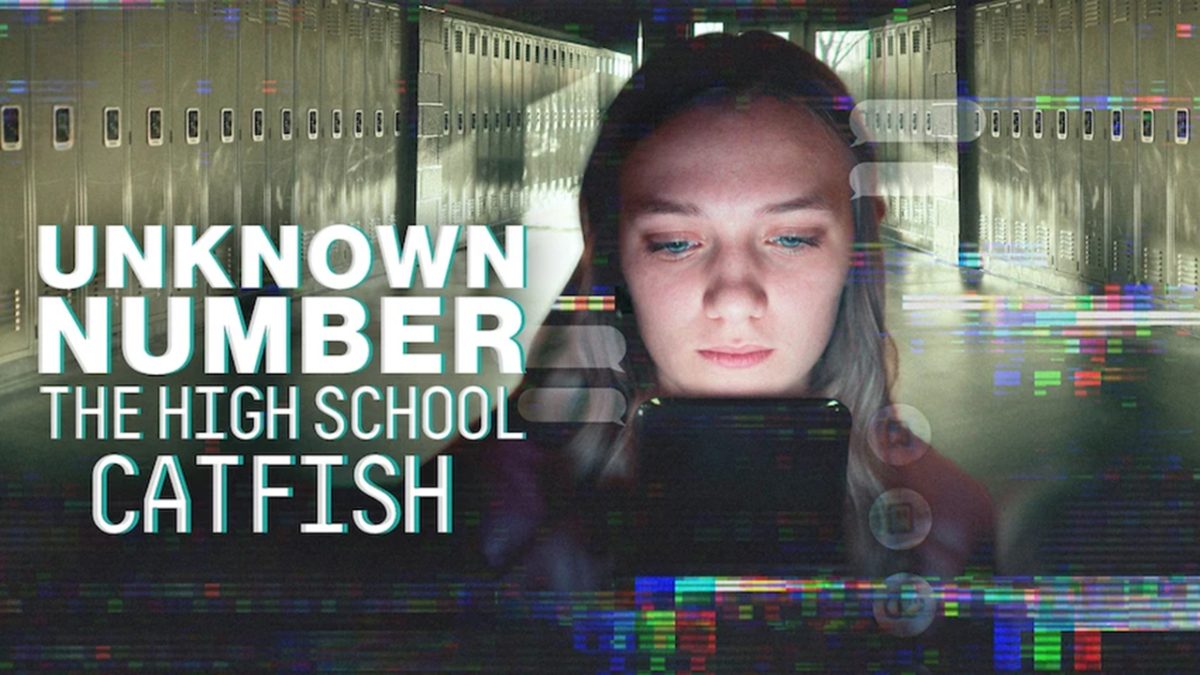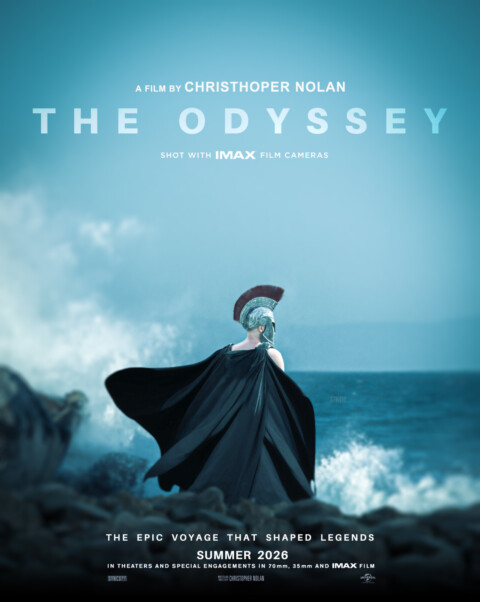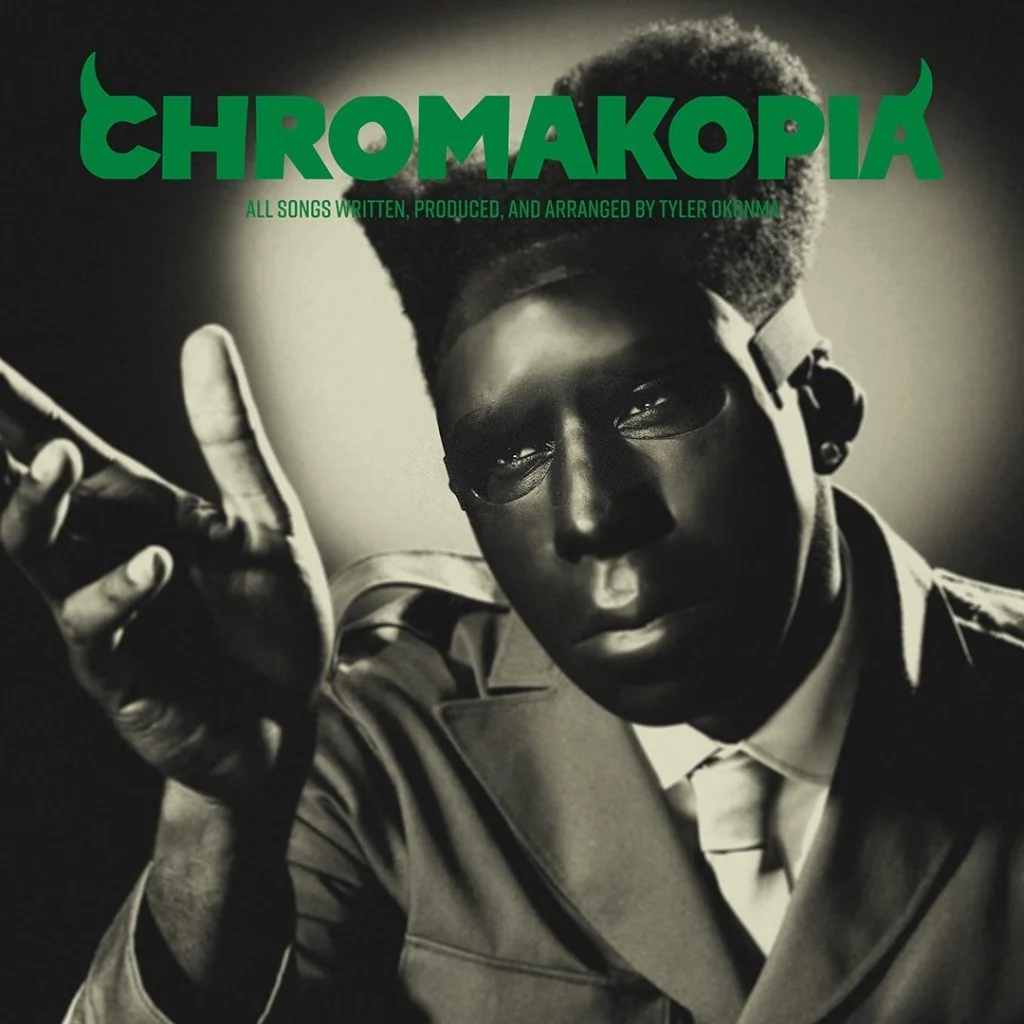What happens when rap abandons perfection for pure vulnerability? What happens when rap becomes therapy? Earl Sweatshirt’s Some Rap Songs turns pain, loss, and confusion into one of the most honest hip-hop albums of its generation. Earl is well known for his complex lyrics, dense wordplay, and ‘outside the box’ use of production aesthetics. He uses music as an instinctive means to navigate what feels intensely personal and to challenge traditional ways of understanding what rap sounds like. Instead of an album designed to boost chart positioning, led by catchy hooks, it serves as an intimate (but sometimes dissociative) trajectory through a young artist’s consciousness as he comes to terms with loss, anxiety, and self. From the very first track Shattered Dreams, it was clear that listeners weren’t here for songs; they were listening to pieces of Earl’s life and psyche.

Exploring Mental Health and Loss
One of the primary hallmarks of ‘Some Rap Songs’ is Earl’s uncompromising independence regarding mental health. The tracks contain layer upon layer of meditation on everything from depression to loss to crippling self-doubt, and Earl streaks through his deep personal stuff, often creating shadows of poetic verse overlapping his confessions of sadness. This speaks to his navigation of dark days, including that of losing his father while wrestling with the trappings of fame and the darkness of growing up, with loneliness as a confidante. Earl may not be framing any of his music in a direct narrative structure. Still, he uses notes of fragmented storytelling and stream-of-consciousness to reflect his own emotional confusion. The music, in the end, is more than songwriting. The music conveys an emotional topography as a whole, allowing the listener to walk through it themselves. For students and young adults dealing with their own demons, the music offers a rare sense of companionship, as if you have a fellow traveler navigating the tangled friction of life’s struggles.
Minimalist Production and Maximum Impact
Some Rap Songs’ production is naked and erratic. The beats are frequent —like the album itself —short, choppy, and experimental, with jazzy samples, distorted drums, and layered textures creating a sound and ‘mood’ that feel both jarring and intimate. Where typical hip-hop albums possess relatively clean and polished instrumentals, Earl’s overall soundscape feels intentionally ragged. This roughness elevates the emotional weight of his lyrics so that every word, pause, and cadence feels purposeful. The production does not merely support the songs’ message; rather, it is entirely in a league of its own, conveying every emotion with force, making it feel almost like a film, as each track feels like a vignette in an overall emotional narrative.
The Fragmented Storytelling That Hits Close to Home
The album is full of storytelling, but it’s intentionally broken, mirroring the chaos of Earl’s thinking and feeling. Every track tells a few short stories as a diary of sorts, rather than a linear tale with ups and downs. Earl is only occasionally reflective, self-critical, or self-aware, and hopeful for fleeting moments throughout the album. He touches on struggles within families, adulting, and regret in a very experimental way, structurally and rhythm-wise in the music. It’s a demanding album, but a rewarding one that encourages listeners to unpack layers, observe connections, and make meaning out of every track, inviting others to challenge and reflect on their own experiences. Sometimes the text feels strikingly relatable, especially to high school students navigating identity, mental and social pressure to perform, and other social complications of growing up. The album captures the uncertainty, challenge, and complexity of growing up and the desire to grow up.
The Power of Vulnerability
All in all, Some Rap Songs’ is a reflection of the courage Earl Sweatshirt possesses as an artist. Earl’s self-reflection becomes art, and he shows us that rap can be emotionally demanding and also mentally provocative. Earl shows vulnerability, and he brings the listener in ways that a flashy, multimillion-dollar rapper cannot. To own your pain and imperfections shows that sometimes simple honesty can mean more than artistic perfection. If there’s one lesson for students in the record, it’s that expressing our feelings, even those topics that make us uncomfortable, is not a weakness, but rather a strength. Earl shows us that music can be a mirror of those who listen, who also struggle and endure.
A Lasting Impact
More than an album, ‘Some Rap Songs’ is an experience. Boundaries blur, and nothing is off-limits, yet it remains true to itself. Earl Sweatshirt utilizes fragmented lyrics, experimental production, and emotional depth to create a soundscape that is both challenging and deeply human. It is an album meant to elicit reflection and relatability, and maybe even a form of catharsis for the listener. Earl shows us a through-line between experience and expression that is vital for the arts as a mode of communication. Earl exemplifies that vulnerability comes from honest intentions. Art produces frank and playful creativity, and ultimately some of the best art emerges from phobias and fears, obscuring memories and bringing them to the surface of shared consciousness. “For students, the lesson is clear: vulnerability isn’t weakness. Earl Sweatshirt proves that honesty, no matter how fragmented, can be the most powerful form of art.”

